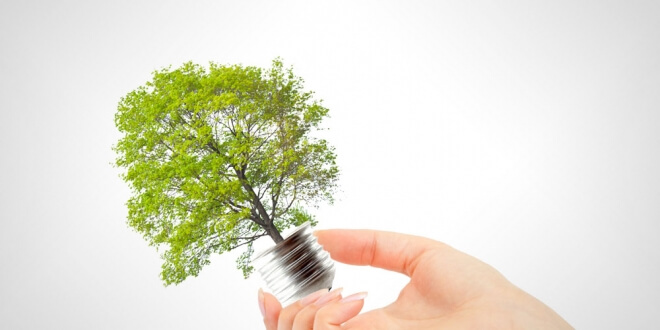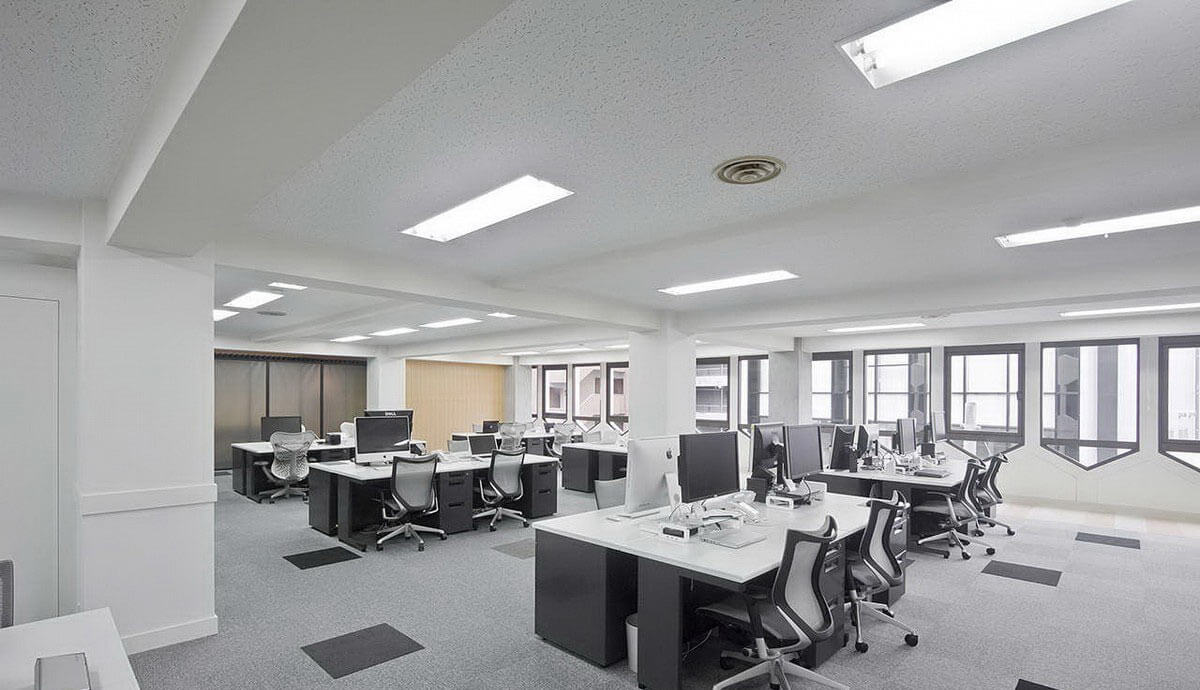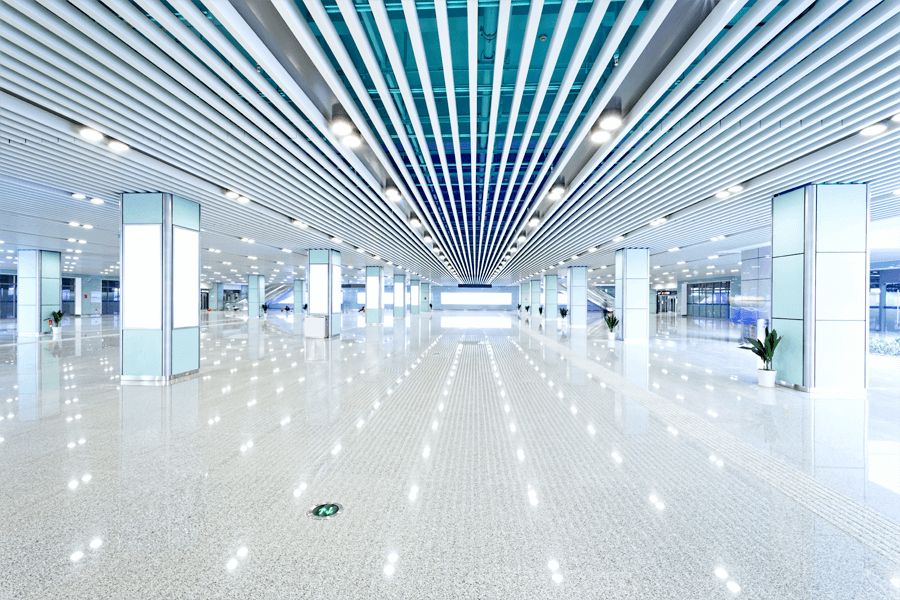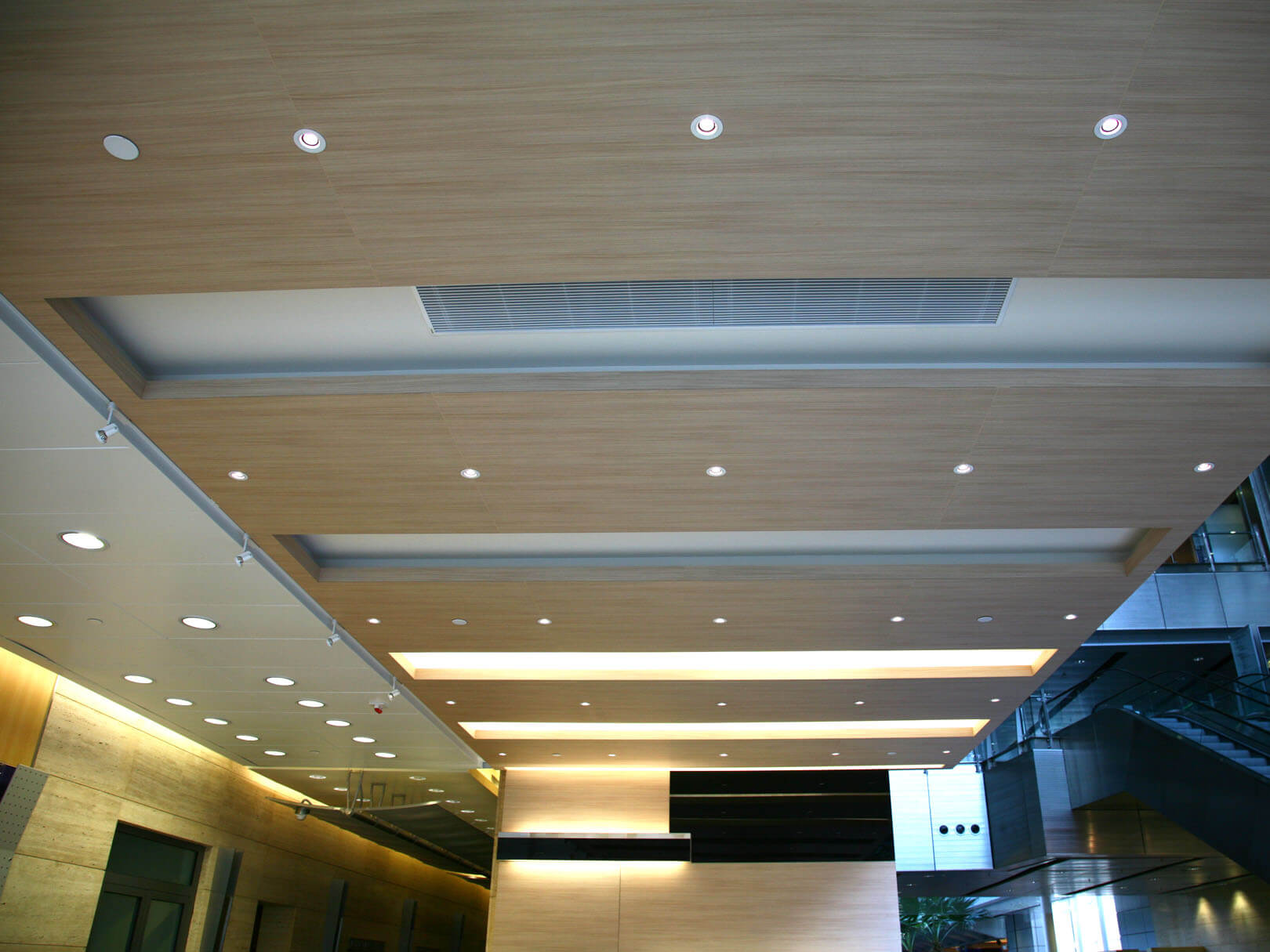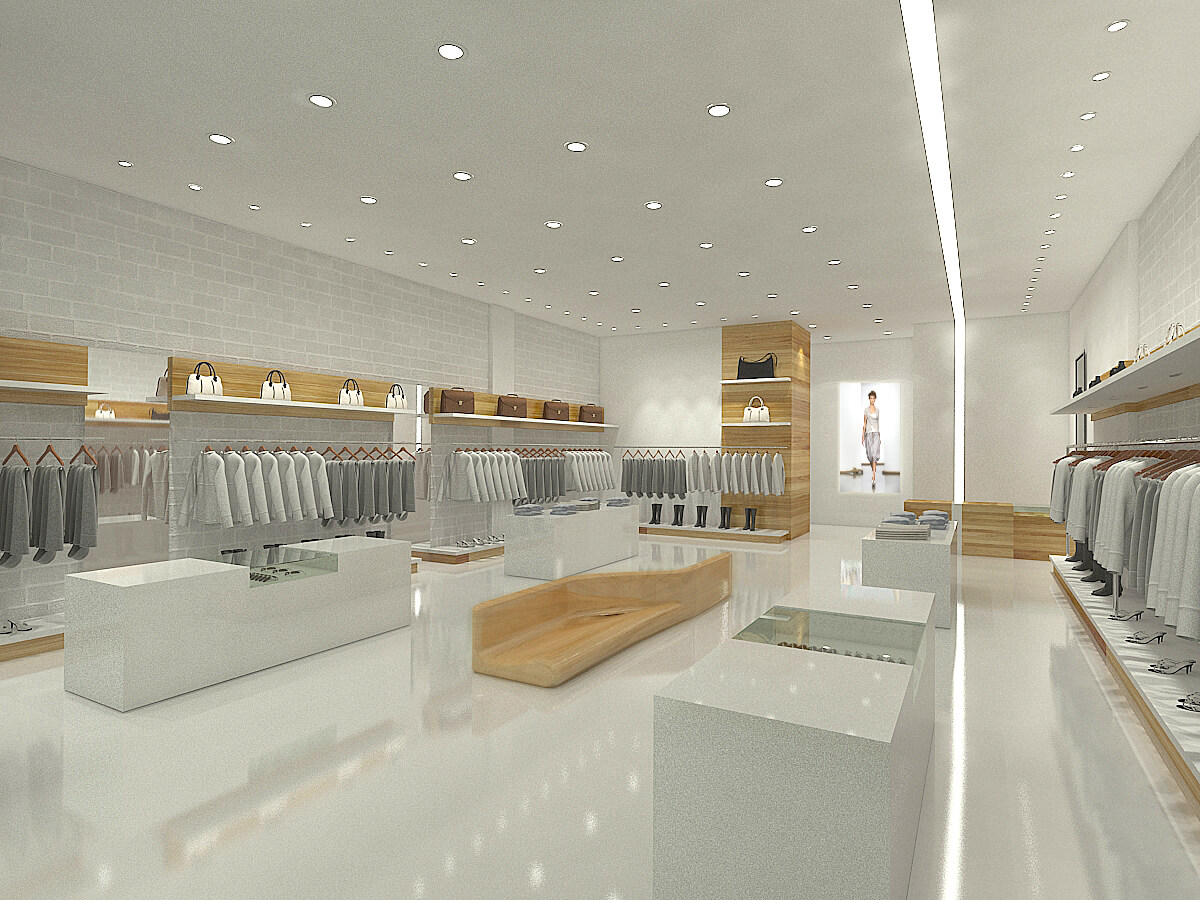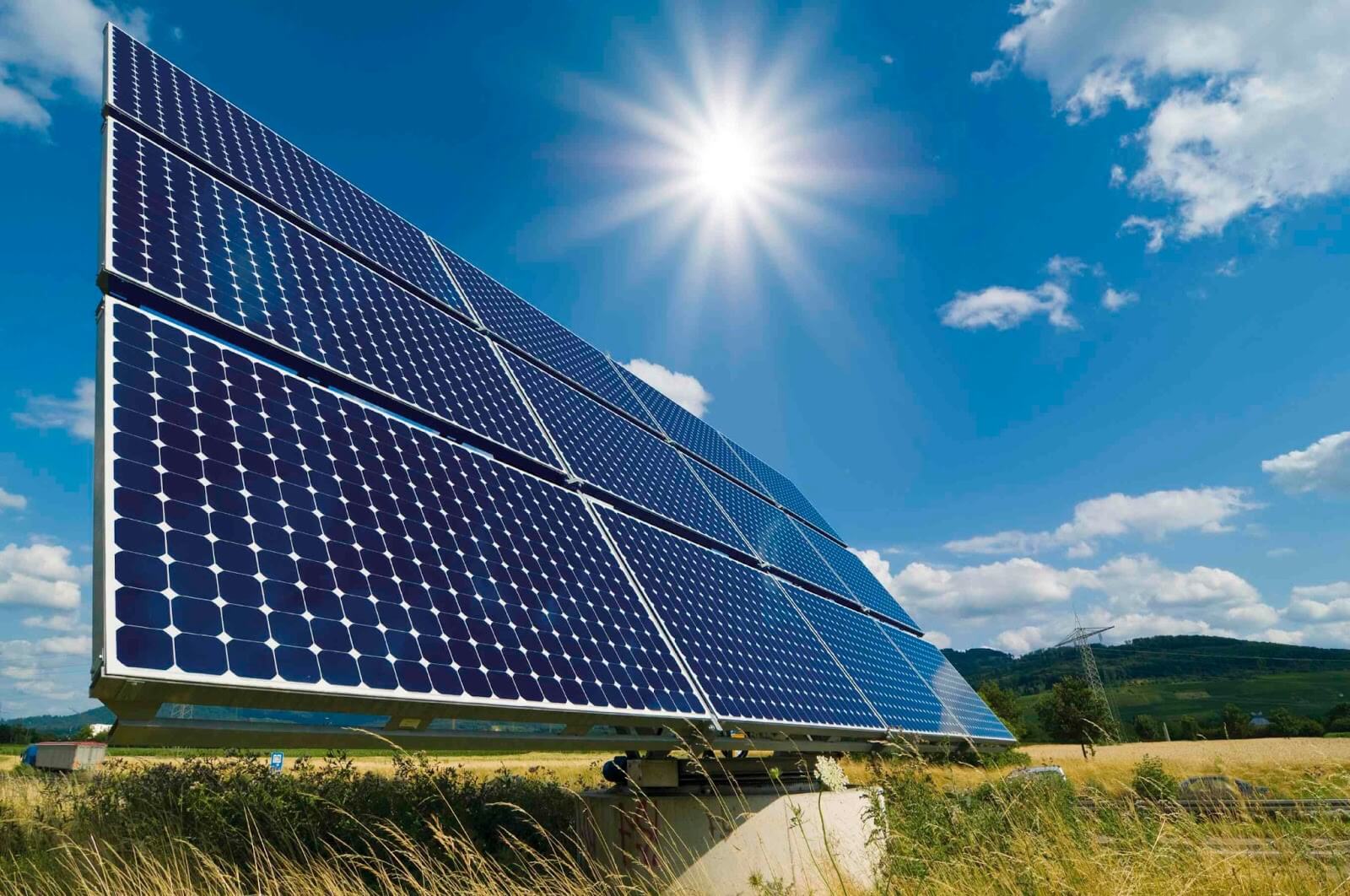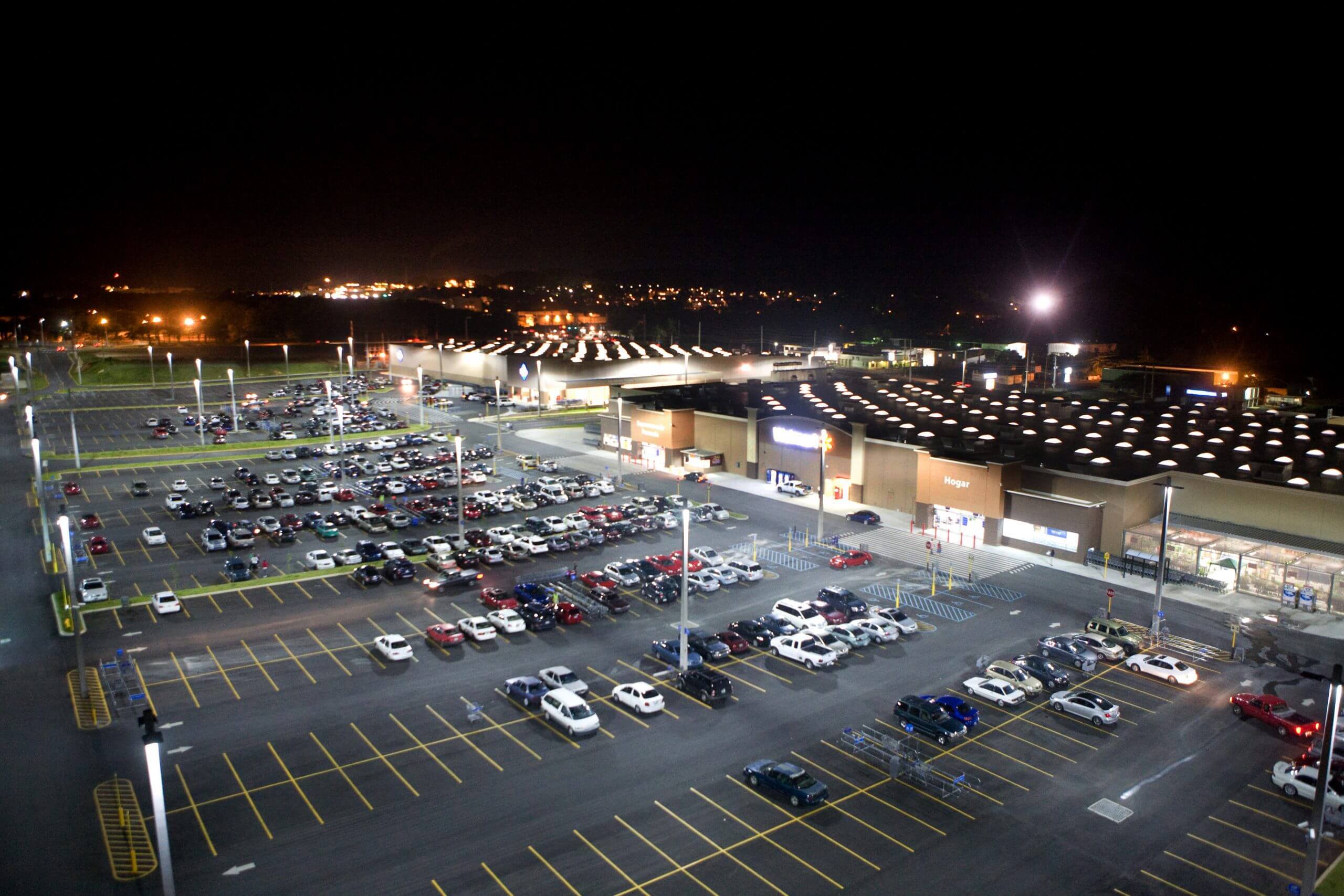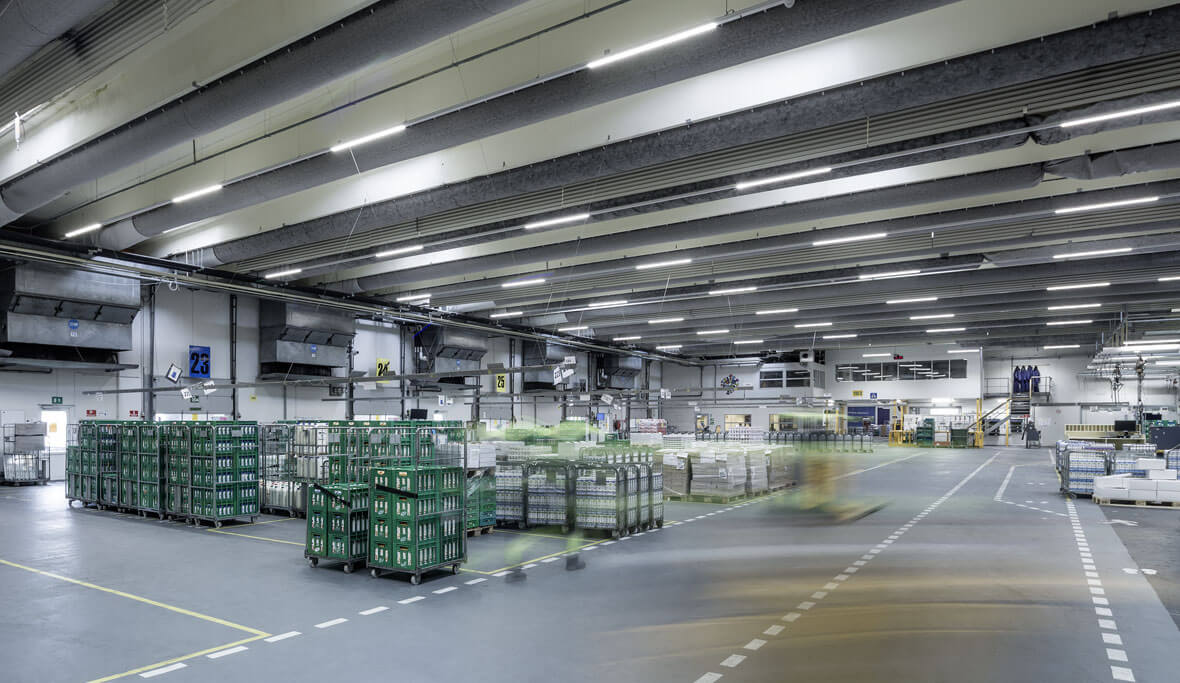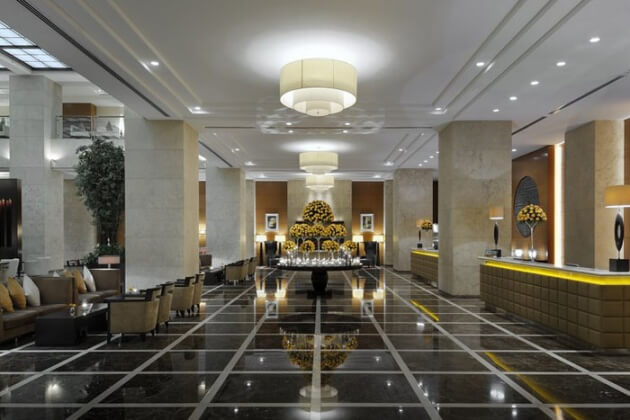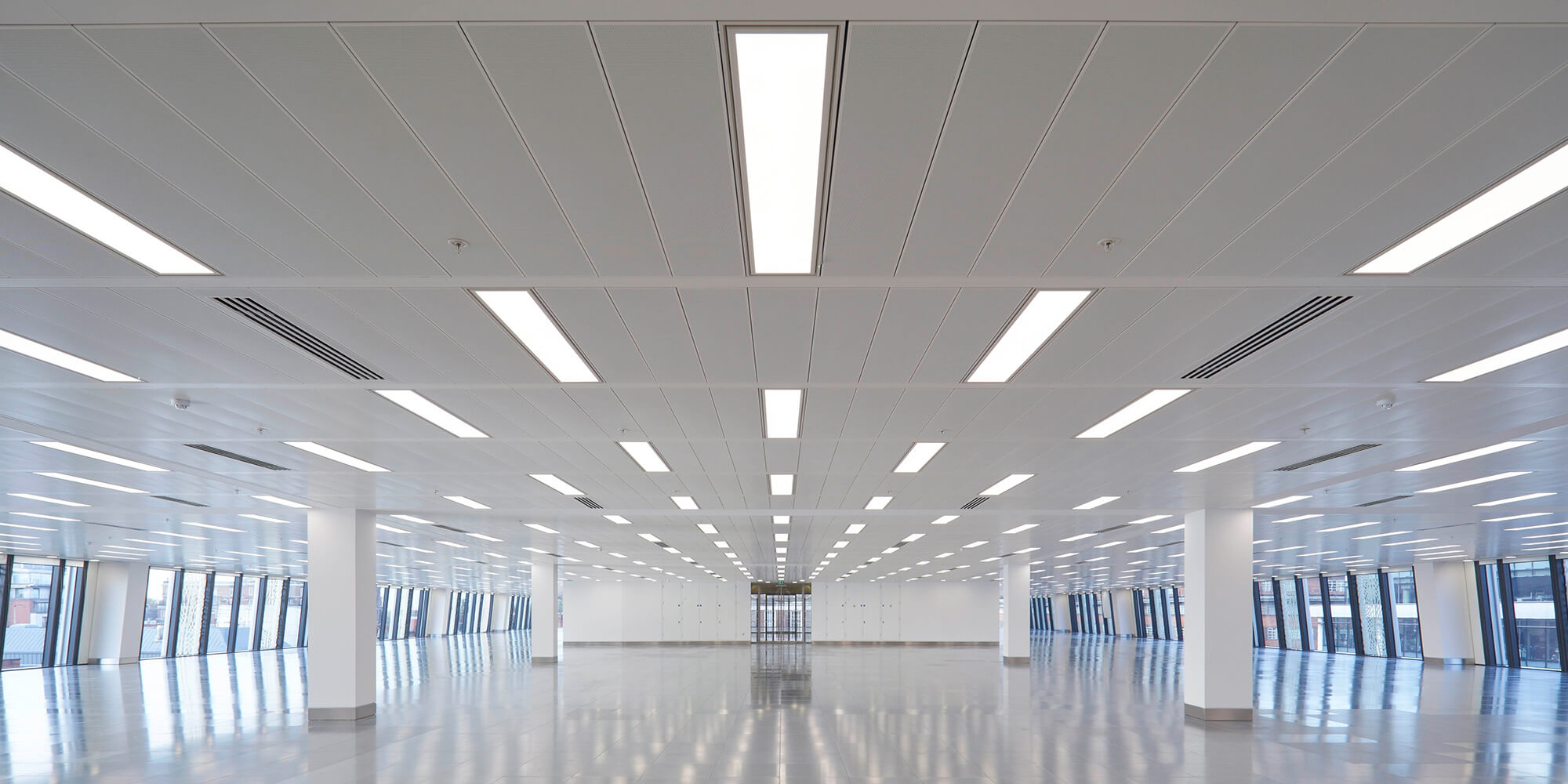Economic sustainability requires that business activity not cause environmental deterioration or depletion of natural resources. For the most part, this hasn’t been the case for the last 150 years. Energy inefficient technologies accelerate the use of non-renewable fossil fuels that spew carbon dioxide and other pollutants into the atmosphere. However, more recent technologies are reversing this trend. These include LED lighting, which is having a positive effect on reaching environmental sustainability in a number of ways. Here are four of them:
LEDs Put Out More Light with Less Power
Lighting can account for a third or more of the energy consumption in buildings. This hefty energy consumption is due to huge inefficiencies in old lighting technology such as incandescent and fluorescent lighting. LEDs are far more efficient than either of these two lighting technologies.
From a sustainability point of view, LEDs reduce fossil fuel consumption and place a smaller energy load on renewable energy sources such as solar and wind power. This makes renewable energy sources and their reliance on battery storage technology more economically viable. Technological improvements in renewable energy, batteries, and LED lighting will only make renewable energy still more competitive in the years to come.
LEDs Have a Greater Service Life Than Other Forms of Lighting
LEDs have a substantially greater service life than either incandescent or fluorescent lighting. This reduces LED light replacement, which reduces the environmental impact of their manufacture since fewer lights are required. The resource and energy consumption of their manufacture and packaging, as well as the fuel consumption of transporting raw material and finished products are reduced.
The greater service life of LEDs also reduce their disposal into landfills. LEDs don’t contain environmentally damaging substances such as the mercury used in fluorescent lights.
LEDs Produce Less Heat
The extensive lighting of buildings place a heavy heat load on air conditioning systems during warm weather. Because LEDs put out substantially less heat, air conditioning systems do less work and therefore consume less energy.
LED Light Output Is Easily Controlled by Sensors
LED lights are easily dimmed and switched on and off by sensing technology such as motion sensors. These prevent unnecessary lighting in unoccupied areas of buildings, which further reduces energy consumption.

